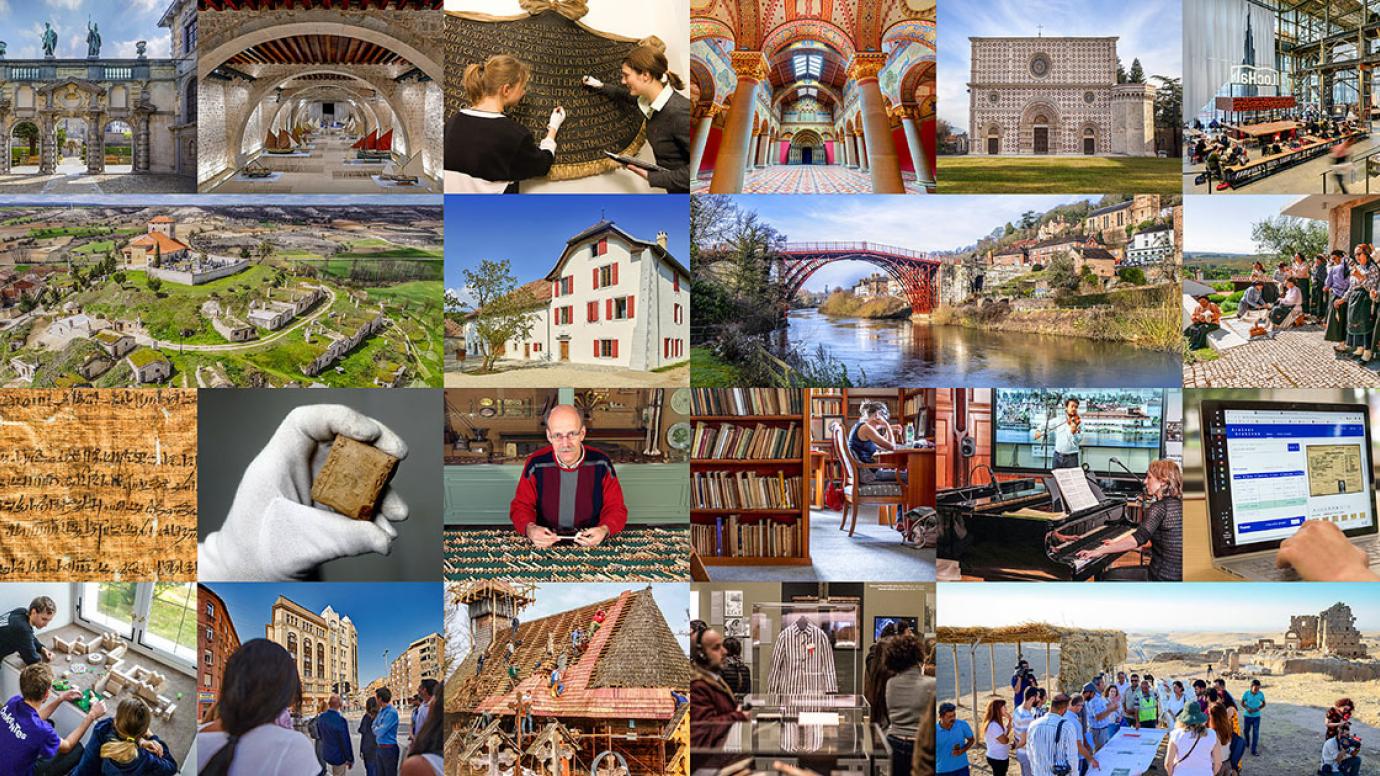masaharusato.com – Europe is a continent rich in cultural heritage, boasting a history that spans millennia and encompasses a diverse range of traditions, languages, and artistic achievements. From the architectural marvels of ancient Greece and Rome to the artistic innovations of the Renaissance and the literary contributions of the Enlightenment, Europe’s cultural heritage is a tapestry woven with threads of the past that continue to shape the present. However, preserving this heritage presents numerous challenges that must be addressed to ensure that future generations can also appreciate and learn from these treasures.
The Importance of Cultural Heritage
Cultural heritage is not merely a collection of monuments and artifacts; it is the embodiment of a society’s historical experiences, values, and identity. It provides a sense of belonging and continuity, connecting present and future generations with their ancestors. Europe’s cultural heritage includes tangible elements such as buildings, monuments, and artworks, as well as intangible aspects like traditions, languages, and folklore. These elements contribute to the continent’s unique identity and play a vital role in fostering social cohesion and mutual understanding among its diverse populations.
Challenges in Preserving Cultural Heritage
Preserving Europe’s cultural heritage is a complex task that involves addressing a range of challenges. Urbanization and industrialization have threatened historical sites, while environmental factors like climate change pose risks to both tangible and intangible heritage. Additionally, the increasing tourism in Europe, while economically beneficial, can lead to the degradation of sites if not managed sustainably. Another significant challenge is the need for technological and financial resources to maintain and restore heritage sites, many of which are in need of urgent attention.
Modern Approaches to Preservation
In response to these challenges, innovative approaches to cultural heritage preservation have been developed. The use of digital technologies, such as 3D scanning and virtual reality, allows for the documentation and restoration of heritage sites with unprecedented precision. These technologies also enable broader public access to cultural heritage, allowing people all over the world to experience and appreciate Europe’s rich history. Collaborative efforts among governments, cultural institutions, and international organizations are essential in pooling resources and expertise to safeguard heritage sites.
The Role of Education and Community Engagement
Education and community engagement are crucial in preserving cultural heritage. By raising awareness of the importance of heritage and its conservation, communities can be empowered to take an active role in preservation efforts. Educational programs can foster a sense of pride and responsibility among young people, encouraging them to become stewards of their cultural legacy. Community-driven preservation projects can also provide opportunities for local economic development and cultural exchange.
Conclusion
The cultural heritage of Europe is a testament to the continent’s rich and varied history, providing insights into the past and shaping the future. Preserving this heritage requires a multifaceted approach that addresses the challenges posed by modern society while embracing the opportunities offered by technological advancements. Through collaborative efforts, education, and community engagement, Europe can ensure that its cultural treasures are protected and celebrated for generations to come.
